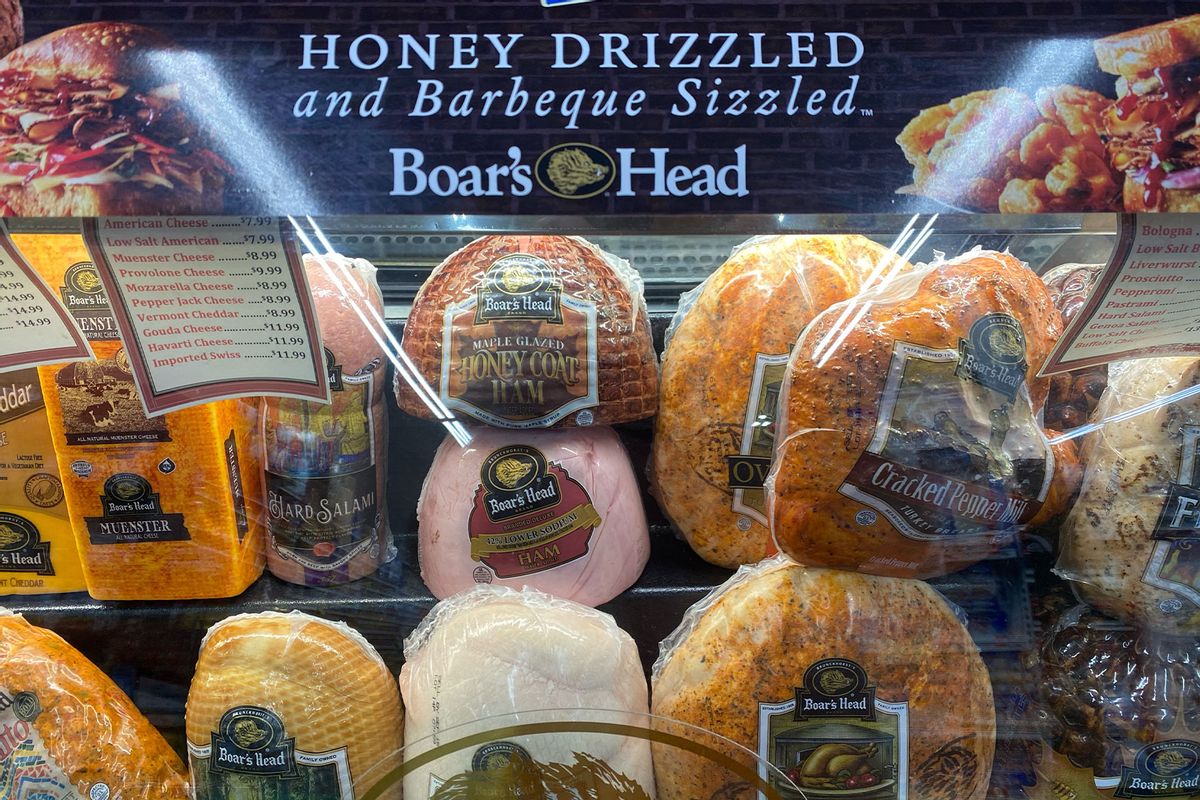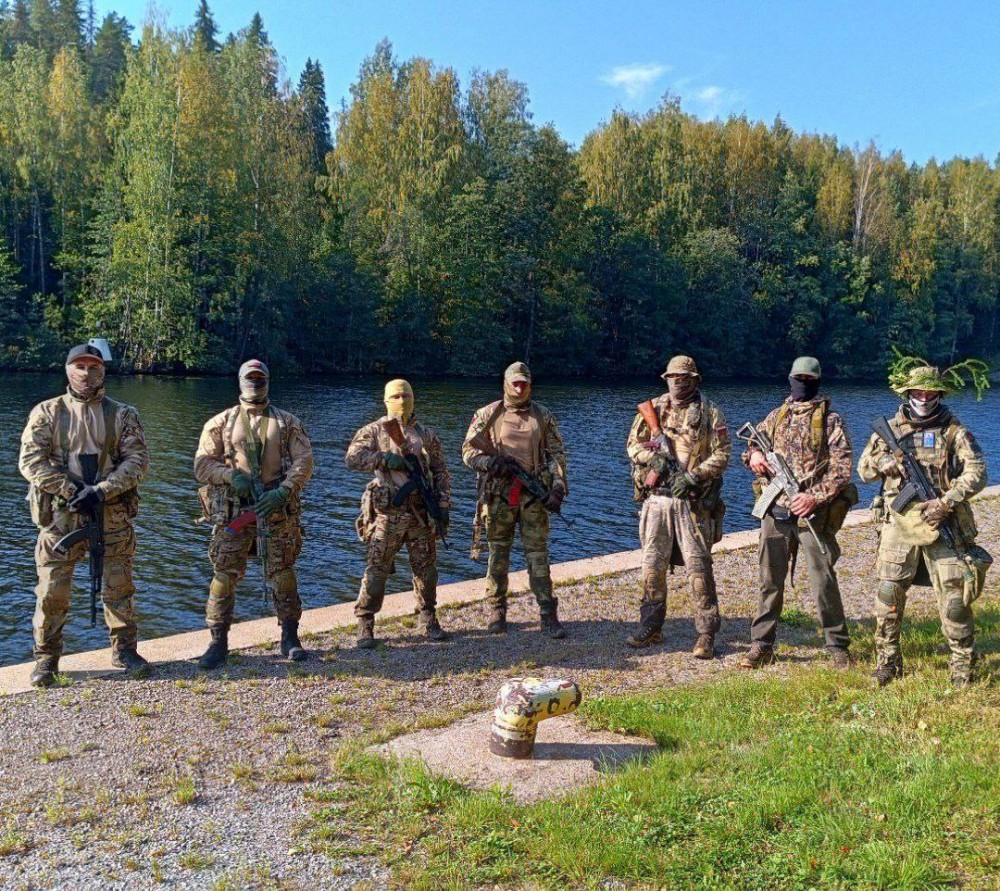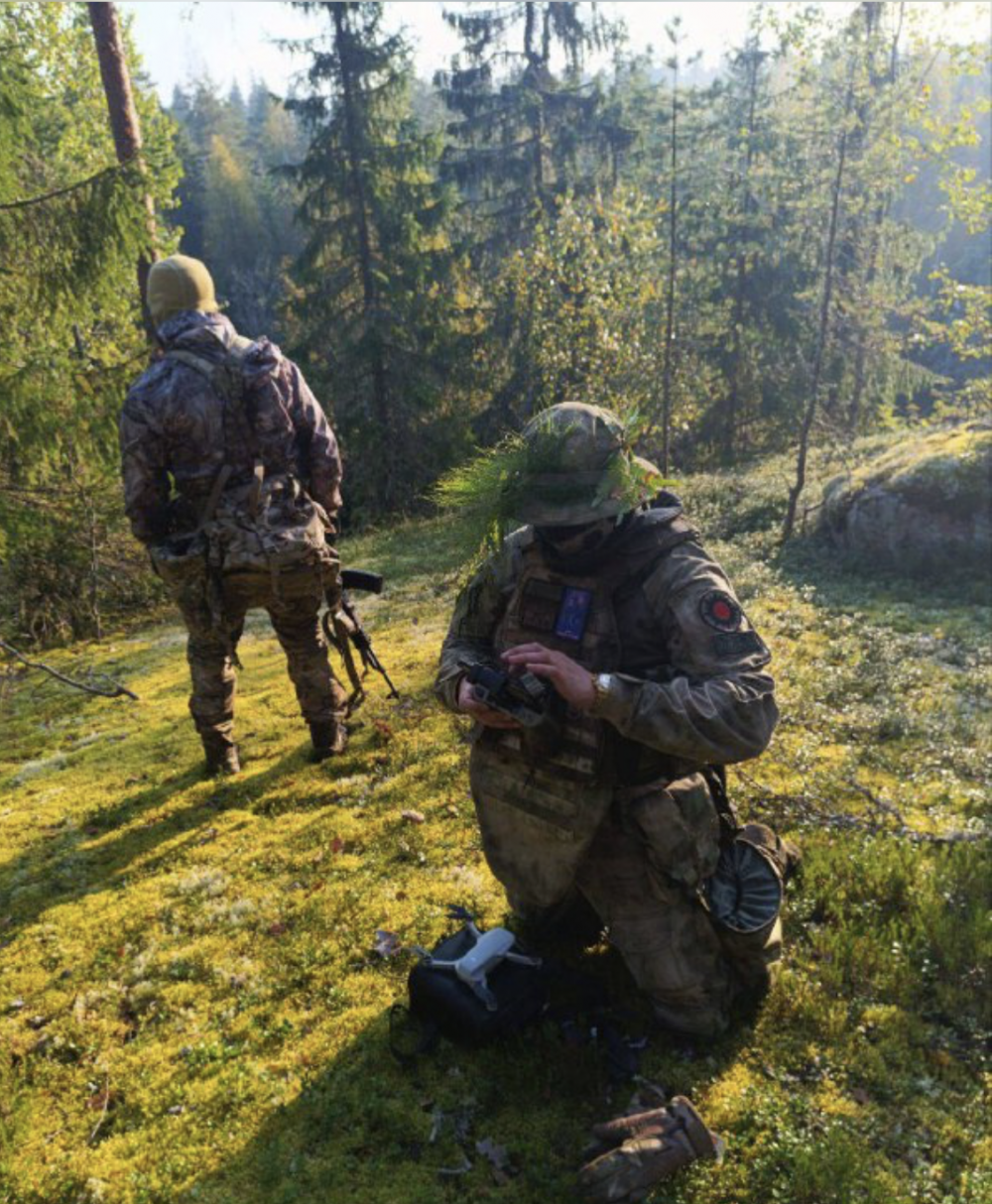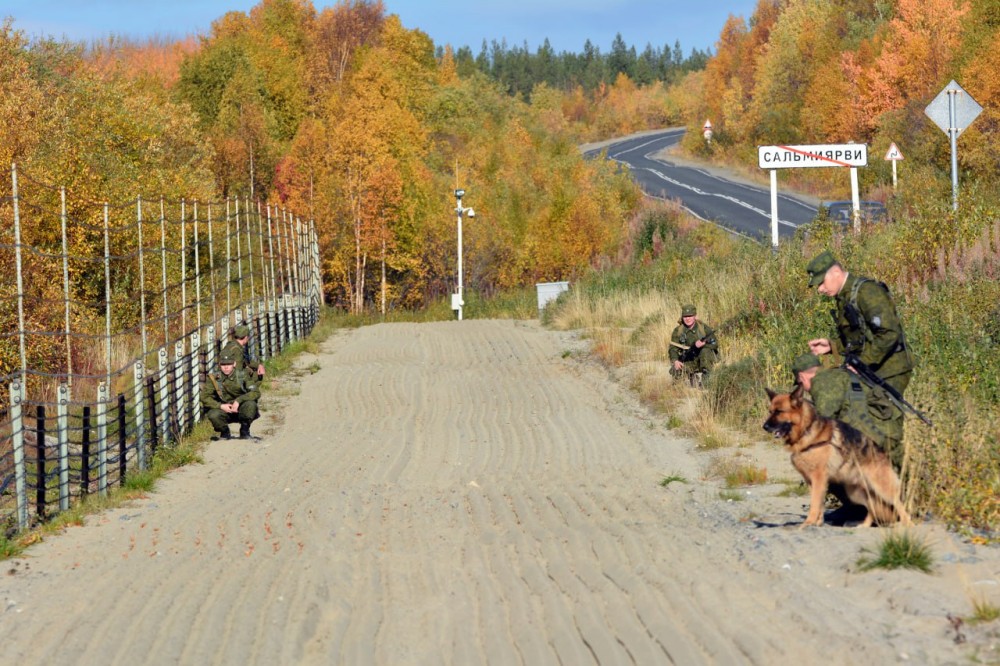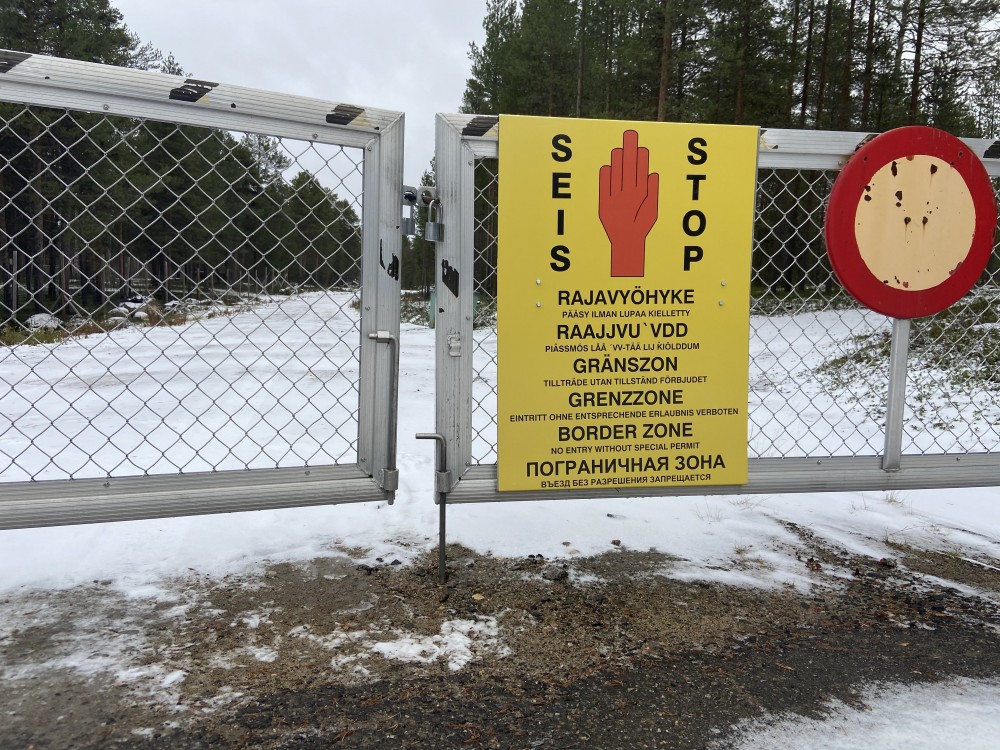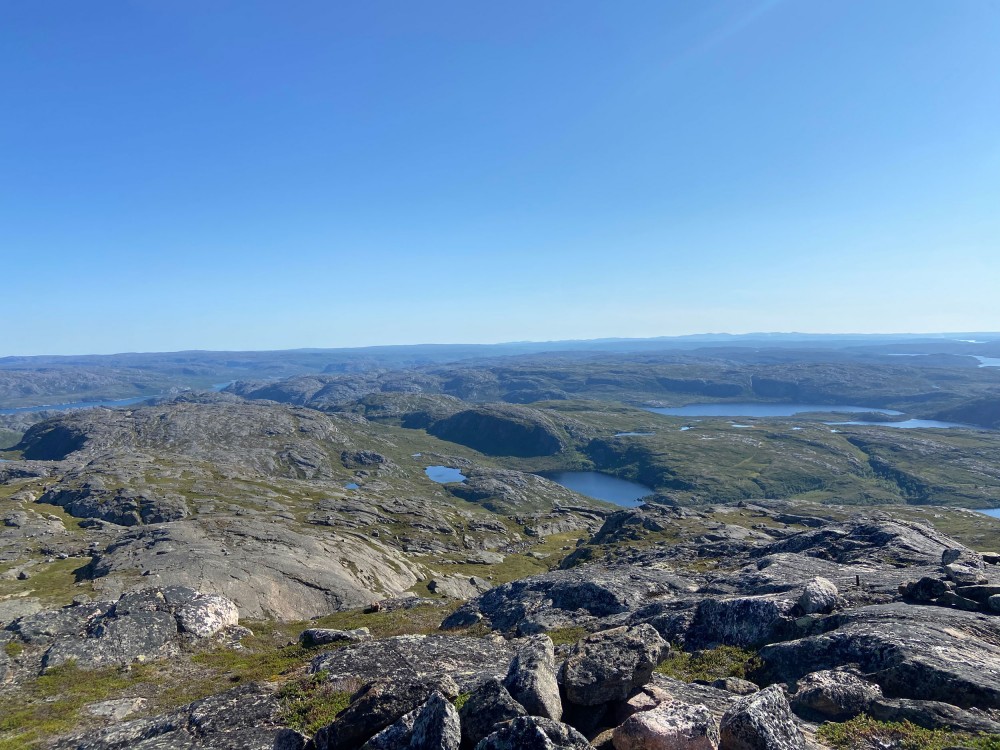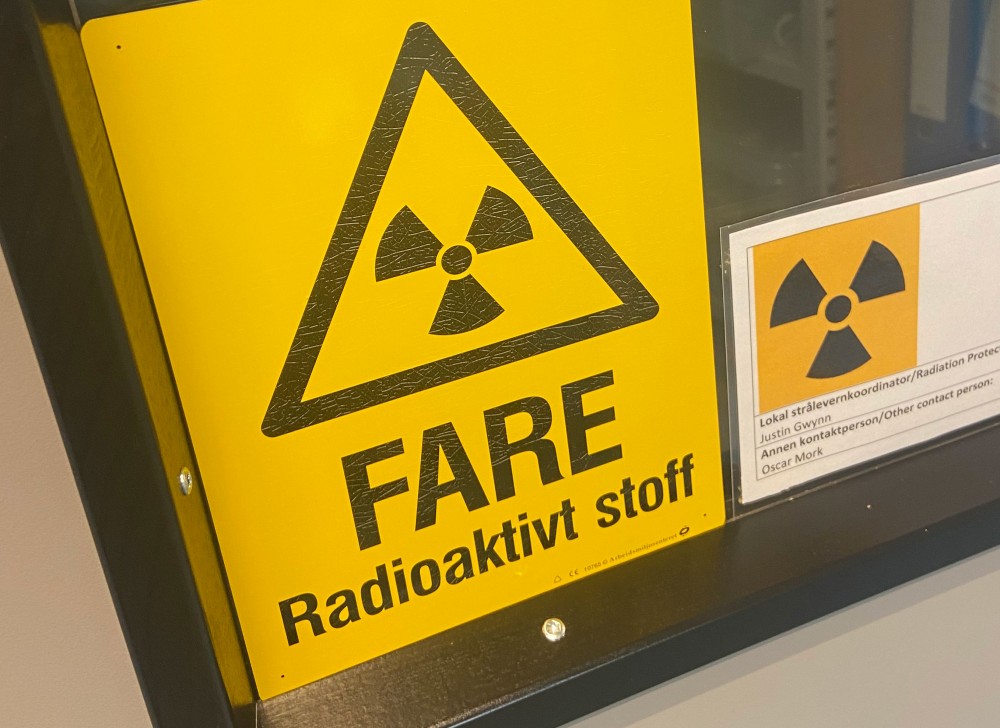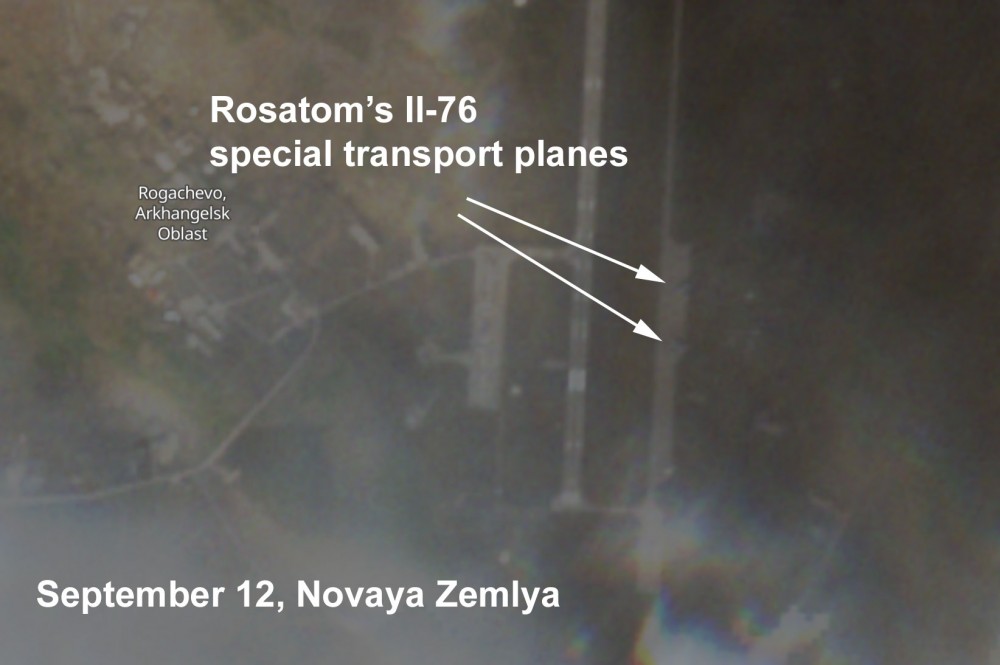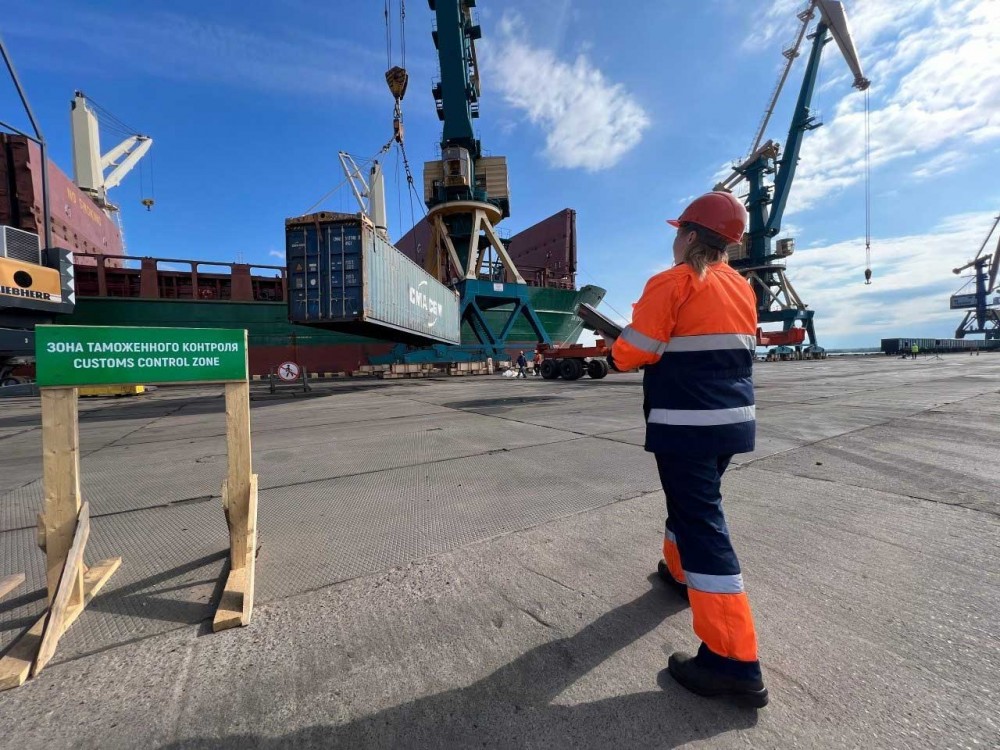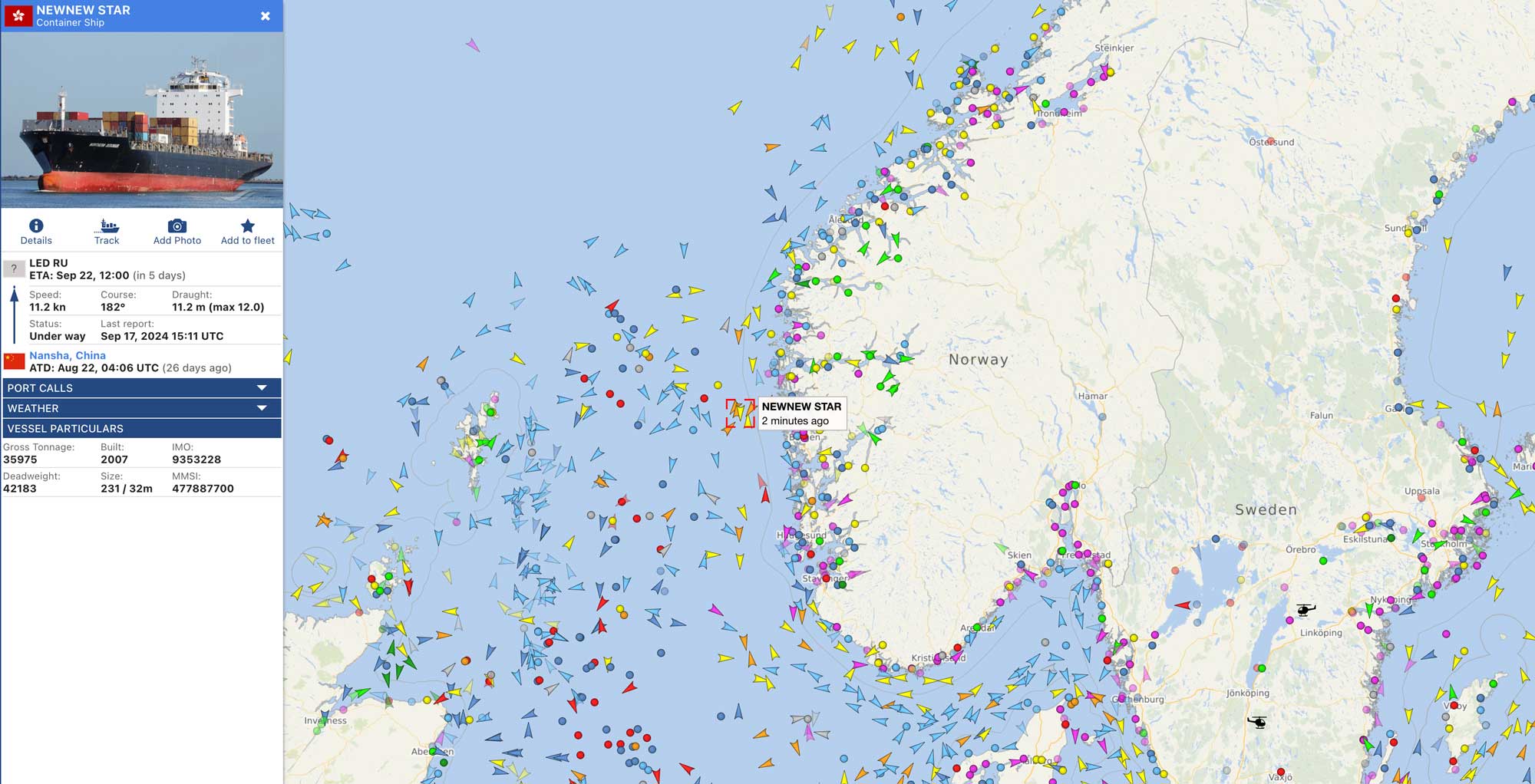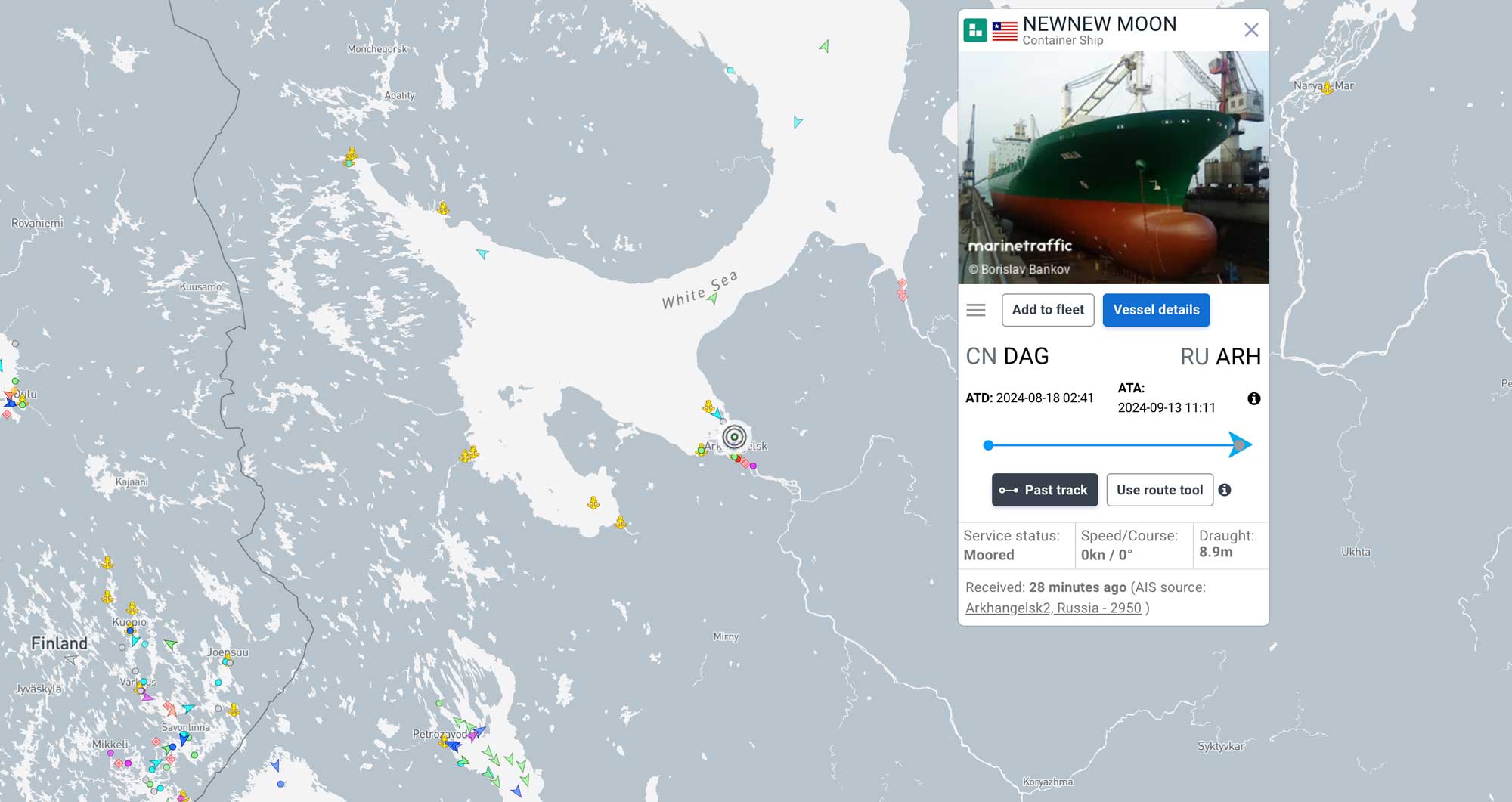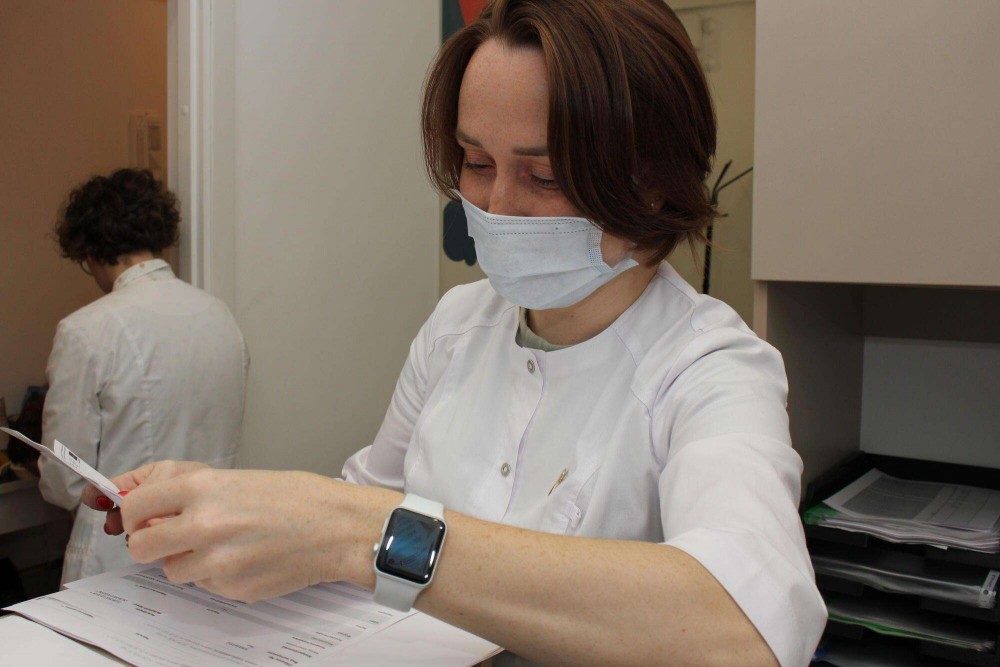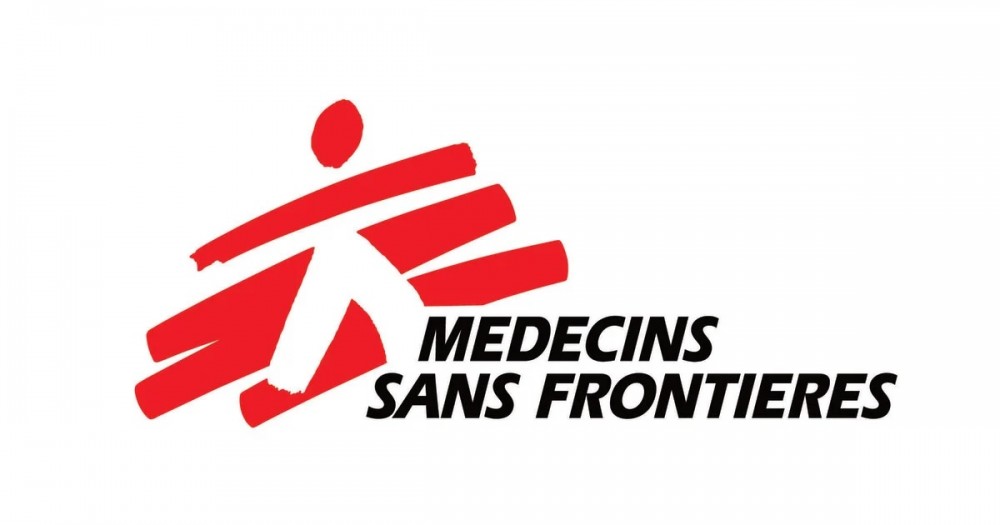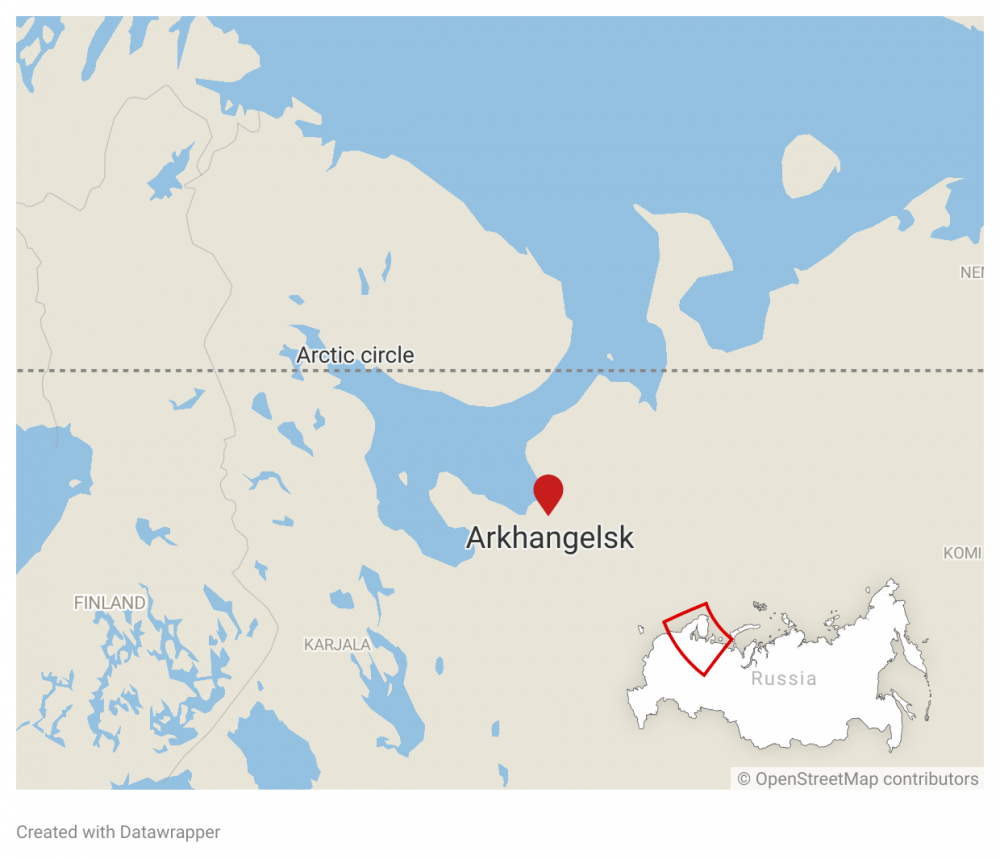30th anniversary of the twin eruptions of Rabaul
19 September 2024
19 September 2024
RNZ
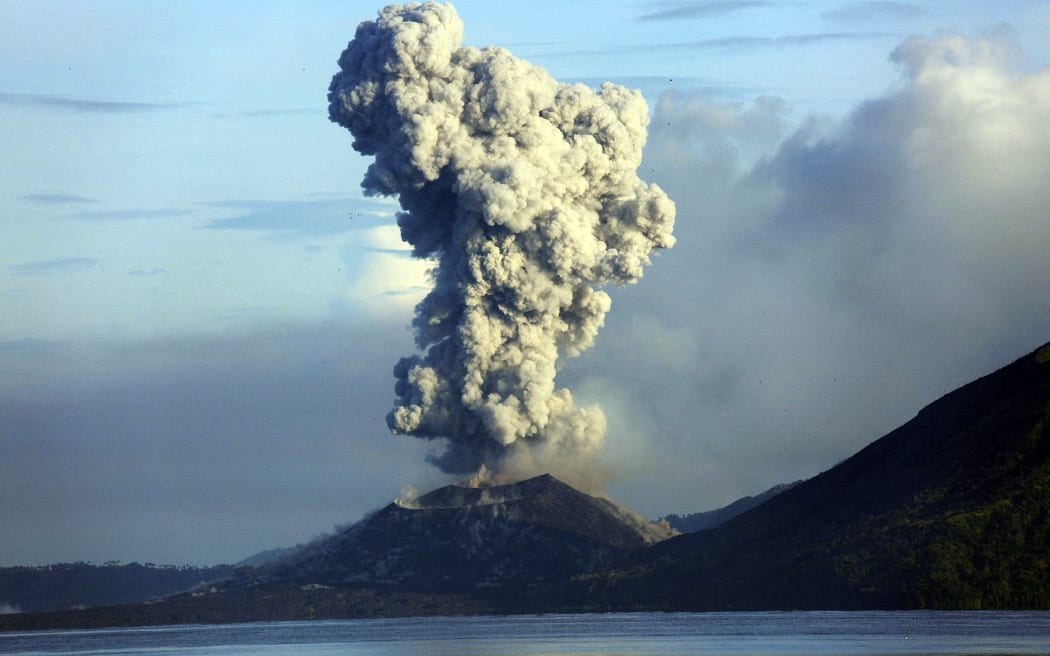
Smoke and ash fills the air as Mount Tavurvur erupts in Rabaul in eastern Papua New Guinea on 30 August 2014. Photo: AFP / Ness Kerton
It has been 30 years since the twin volcano eruptions decimated the beautiful seaside town of Rabaul.
On the morning of 19 September 1994, the Vulcan and Tavurvur volcanos situated on opposite sides of Rabaul's Simpson Harbour, erupted sending giant mushroom clouds into the sky.
Residents were relatively accustomed to quakes and minor eruptions.
But this one was different.
Jurgen Ruh, who owned a shipping and salvage company in Rabaul recalls the unusual tremors that began on the day before.
"We had an earthquake early in the morning at around four o'clock. It was massive. Water came out of the tanks outside; cups fell off the sink and there was a fair bit of damage in the house."
Warning signs and evacuation
Rabaul was built by the German colonial administration in the early 1900s and was the German headquarters until it was captured by the British in the early days of World War 1.
For the people at Matupit near the volcanos, who still had living memory of the last eruption in 1937, the warning signs were being taken very seriously.
Ruh said when the elderly people from Matupit began leaving the area, other people followed.
"The town was self-evacuating. The authorities called all the car dealers and said: Open your gates, let all your cars go. They called the oil companies and told them to give fuel to any car that came.
Car dealers were also told to pick up anyone who was leaving Rabaul and take them to Kerevat, a safe distance away from the eruptions.
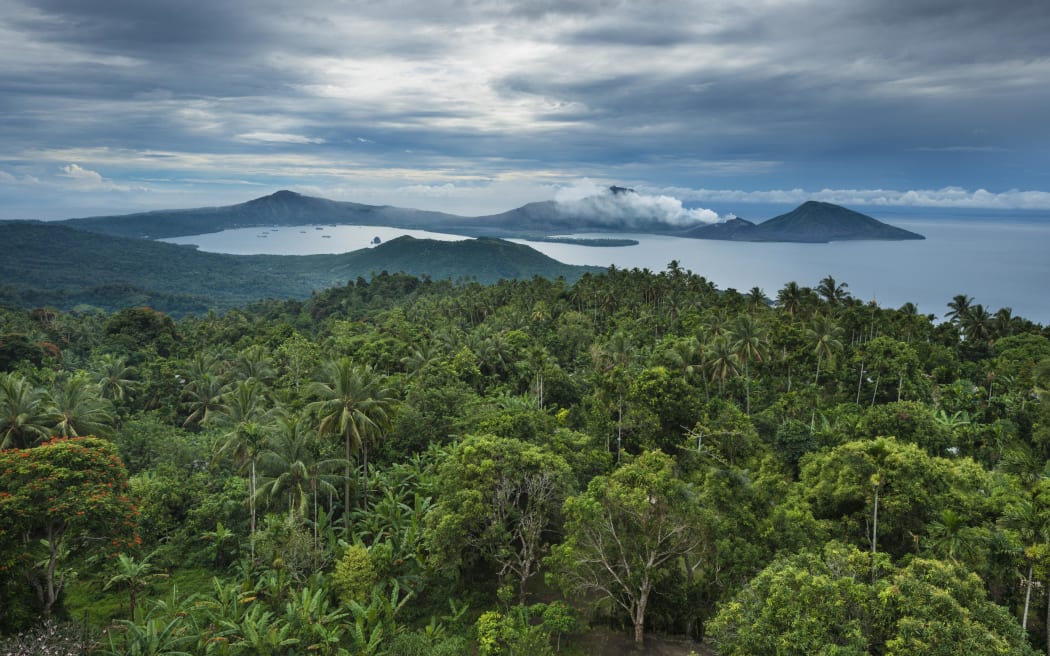
Papua New Guinea, Bismarck Archipelago, Gazelle peninsula, New Britain island, East New Britain province, Rabaul, Rabaul Bay, Matupit island, Tavuvur, Turangunan, Tovanumbatir, Rabalanakaia et Vulcan volcanoes seen from Malmaluan viewpoint. Photo: Dozier Marc / Hemis via AFP
Personal stories
Helen Sapien was a 21-year-old trainee broadcaster who had just joined Radio East New Britain. The 19th of September always brings back emotional memories of the uncertainty and fear.
"I'm always emotional, you know...thinking about the people who come crying to you. I was just having my breakfast when I heard the people I lived with shouting: The volcano has erupted.
"When I turned around from where I was sitting, I saw the smoke and it was scary!"
Sapien thought it was the end for her.
The volcanoes shot up tons of rock and ash into the sky while people on the ground braced for the worst.
Residents along the north coast within visible distance of the volcanos said by 11am, the place had become very dark. It was hard to see past 20 meters.
Isaiah Mokis was 8 years old at the time. His mother chose to stay back to care for her elderly mother because she couldn't make the long journey.
He remembers the heart-breaking moments when he knocked on the door repeatedly to convince his mother to go with him and his dad.
"My mother had locked the door with our grandmother, and they began praying. She told us to do and that she would stay and die with our grandmother."
Mokis and her whole family were rescued and taken to safety on a boat.
All the businesses located in Rabaul were destroyed. Buildings collapsed from the heavy ash fall. People left with whatever they could.
Only five people died from the effects of the massive eruption. More than 100,000 were relocated to old plantations in Kokopo.
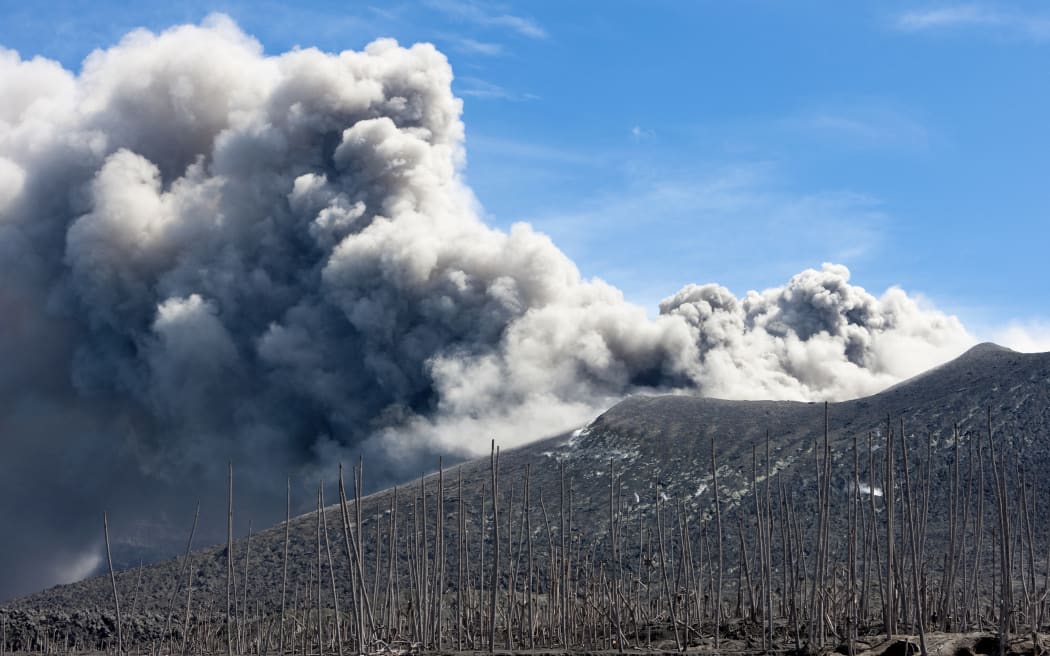
Volcanic eruption in Tavurvur volcano, East New Britain Province, Rabaul, Papua New Guinea. Photo: Eric Lafforgue / Hans Lucas via AFP
Future of Rabaul
In July, the National Executive Council lifted a long-standing moratorium on Rabaul and surrounding areas officially allowing residents to return.
Prime Minister James Marape, who visited Rabaul for the 30th anniversary, said the government has set up a committee of ministers and allocated funding to rebuild the "Pearl of the Pacific."
"This decision is intended to breathe life back into the region, fostering business growth and development.
"Initial studies show that a functional Rabaul port will generate K2billion annually, not only for East New Britain and the New Guinea Islands, but for the whole country."
With the support from the national government, East New Britain Governor, Michael Marum, is looking at growing tourism numbers going forward.
"Last year we had 20 cruise sh

Smoke and ash fills the air as Mount Tavurvur erupts in Rabaul in eastern Papua New Guinea on 30 August 2014. Photo: AFP / Ness Kerton
It has been 30 years since the twin volcano eruptions decimated the beautiful seaside town of Rabaul.
On the morning of 19 September 1994, the Vulcan and Tavurvur volcanos situated on opposite sides of Rabaul's Simpson Harbour, erupted sending giant mushroom clouds into the sky.
Residents were relatively accustomed to quakes and minor eruptions.
But this one was different.
Jurgen Ruh, who owned a shipping and salvage company in Rabaul recalls the unusual tremors that began on the day before.
"We had an earthquake early in the morning at around four o'clock. It was massive. Water came out of the tanks outside; cups fell off the sink and there was a fair bit of damage in the house."
Warning signs and evacuation
Rabaul was built by the German colonial administration in the early 1900s and was the German headquarters until it was captured by the British in the early days of World War 1.
For the people at Matupit near the volcanos, who still had living memory of the last eruption in 1937, the warning signs were being taken very seriously.
Ruh said when the elderly people from Matupit began leaving the area, other people followed.
"The town was self-evacuating. The authorities called all the car dealers and said: Open your gates, let all your cars go. They called the oil companies and told them to give fuel to any car that came.
Car dealers were also told to pick up anyone who was leaving Rabaul and take them to Kerevat, a safe distance away from the eruptions.

Papua New Guinea, Bismarck Archipelago, Gazelle peninsula, New Britain island, East New Britain province, Rabaul, Rabaul Bay, Matupit island, Tavuvur, Turangunan, Tovanumbatir, Rabalanakaia et Vulcan volcanoes seen from Malmaluan viewpoint. Photo: Dozier Marc / Hemis via AFP
Personal stories
Helen Sapien was a 21-year-old trainee broadcaster who had just joined Radio East New Britain. The 19th of September always brings back emotional memories of the uncertainty and fear.
"I'm always emotional, you know...thinking about the people who come crying to you. I was just having my breakfast when I heard the people I lived with shouting: The volcano has erupted.
"When I turned around from where I was sitting, I saw the smoke and it was scary!"
Sapien thought it was the end for her.
The volcanoes shot up tons of rock and ash into the sky while people on the ground braced for the worst.
Residents along the north coast within visible distance of the volcanos said by 11am, the place had become very dark. It was hard to see past 20 meters.
Isaiah Mokis was 8 years old at the time. His mother chose to stay back to care for her elderly mother because she couldn't make the long journey.
He remembers the heart-breaking moments when he knocked on the door repeatedly to convince his mother to go with him and his dad.
"My mother had locked the door with our grandmother, and they began praying. She told us to do and that she would stay and die with our grandmother."
Mokis and her whole family were rescued and taken to safety on a boat.
All the businesses located in Rabaul were destroyed. Buildings collapsed from the heavy ash fall. People left with whatever they could.
Only five people died from the effects of the massive eruption. More than 100,000 were relocated to old plantations in Kokopo.

Volcanic eruption in Tavurvur volcano, East New Britain Province, Rabaul, Papua New Guinea. Photo: Eric Lafforgue / Hans Lucas via AFP
Future of Rabaul
In July, the National Executive Council lifted a long-standing moratorium on Rabaul and surrounding areas officially allowing residents to return.
Prime Minister James Marape, who visited Rabaul for the 30th anniversary, said the government has set up a committee of ministers and allocated funding to rebuild the "Pearl of the Pacific."
"This decision is intended to breathe life back into the region, fostering business growth and development.
"Initial studies show that a functional Rabaul port will generate K2billion annually, not only for East New Britain and the New Guinea Islands, but for the whole country."
With the support from the national government, East New Britain Governor, Michael Marum, is looking at growing tourism numbers going forward.
"Last year we had 20 cruise sh
